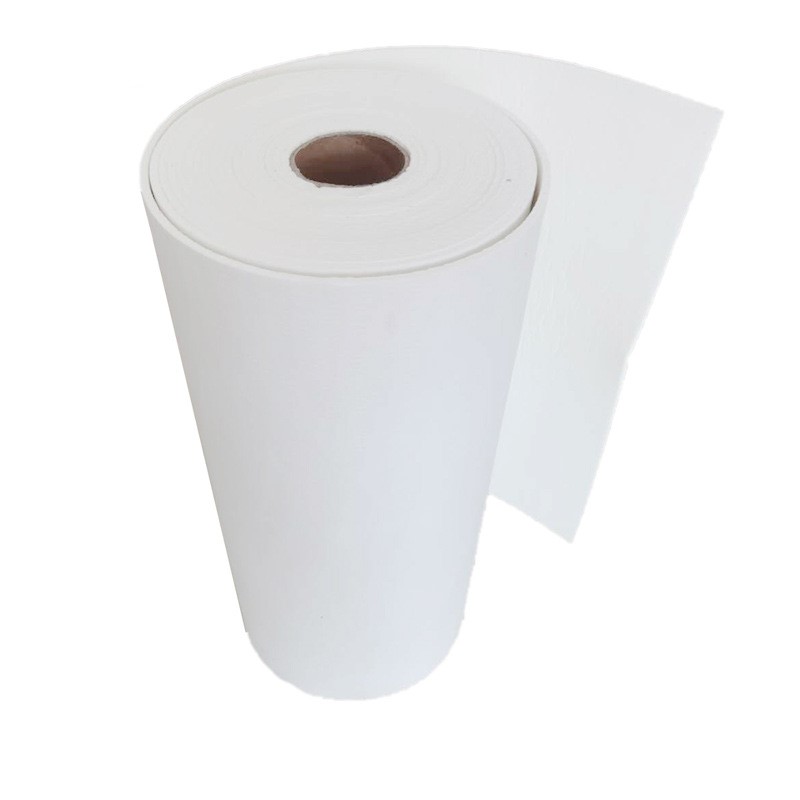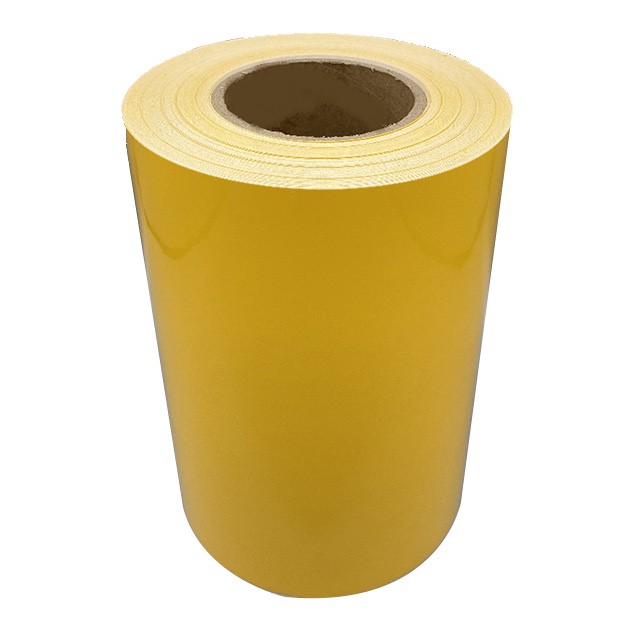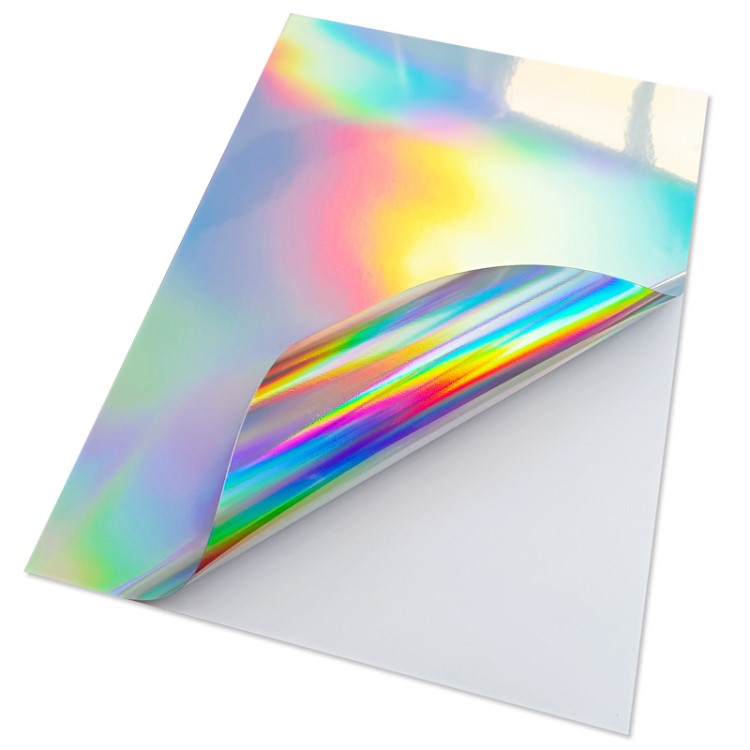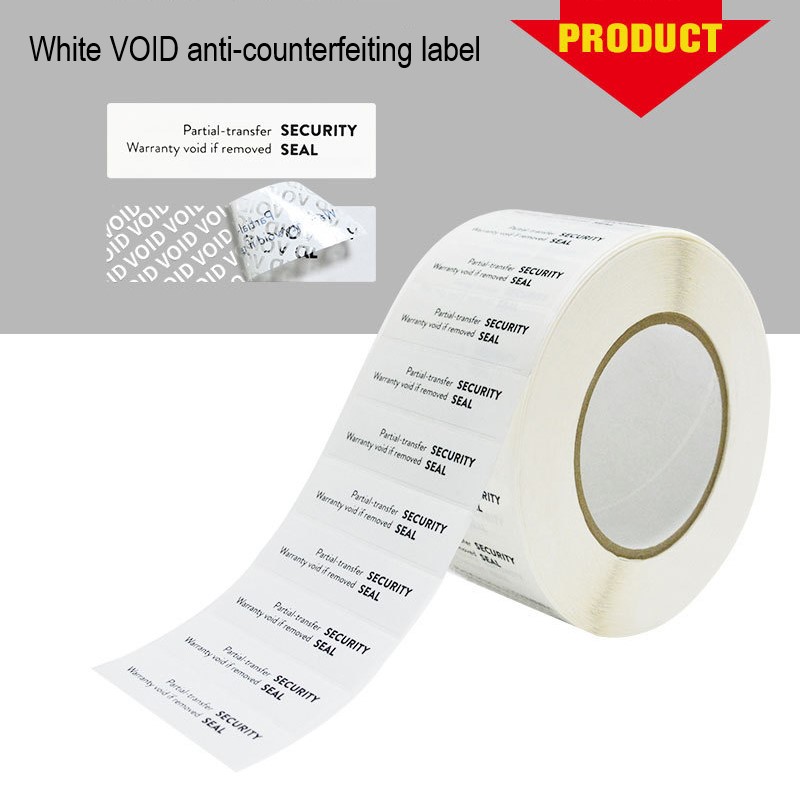The Art of Crafting Sticker Labels: A Comprehensive Guide
In today's fast-paced world, sticker labels have become an essential component of our daily lives. Whether we are shopping for groceries, organizing our home or office, or simply adding a personal touch to gifts, sticker labels play a crucial role. This guide explores the intricacies of the sticker label industry, focusing on the principles of clarity, professionalism, and structured content.
Understanding the Sticker Label Industry
The sticker label industry is a dynamic and ever-evolving sector that encompasses a wide range of applications. From product packaging and branding to organization and personal expression, labels have a diverse set of functions. Staying up-to-date with the latest trends and technologies is essential for businesses operating in this industry.
The Importance of Clarity in Sticker Labels
Clarity is paramount in sticker labels, as it ensures that the message or information is conveyed effectively to the end user. When designing sticker labels, pay attention to the following factors:
1. Typeface Selection: The choice of fonts should be clear and legible. Avoid decorative or overly complex fonts that may hinder readability.
2. Text Size: Ensure that the text is of an appropriate size. Small text can be challenging to read, especially for consumers with visual impairments.
3. Color Contrast: Use contrasting colors for text and background to enhance visibility. High contrast combinations, such as black text on a white background, work well for most applications.
4. Graphic Elements: Incorporate graphics and images that complement the label's purpose, but avoid overcrowding the design. Graphics should enhance, not obscure, the text.
The Need for Professionalism in Sticker Labels
Professionalism is a key aspect of sticker label design. Labels should reflect the brand identity and values, ensuring a consistent and trustworthy image. To maintain professionalism in sticker labels, adhere to these guidelines:
1. Branding Elements: Include essential branding elements, such as logos and brand colors, to reinforce brand recognition.
2. Compliance with Regulations: Ensure that the label complies with any relevant industry regulations and standards. This is crucial for products like food, cosmetics, and pharmaceuticals.
3. Quality Materials: Use high-quality materials that are durable and suited to the label's intended application. Consider factors like weather resistance and adhesive strength.
4. Consistency: Maintain a consistent design across all product labels to create a cohesive and professional look for the brand.
Creating Structured Content for Sticker Labels
Structured content is essential for sticker labels to provide information in a clear and organized manner. Here are some tips to ensure that your label content is well-structured:
1. Information Hierarchy: Prioritize the most important information and place it prominently on the label. This includes product names, usage instructions, and safety warnings.
2. Bulleted Lists: Use bulleted lists to convey information concisely. This is particularly effective for features, ingredients, or product specifications.
3. Utilize White Space: Leave enough white space around text and graphics to avoid overcrowding the label. White space enhances readability and aesthetics.
4. Label Size and Shape: Choose an appropriate label size and shape based on the content. Some products may require larger labels to accommodate comprehensive information.
Conclusion
In the world of sticker labels, clarity, professionalism, and structured content are the cornerstones of effective design. By following these principles, businesses can create labels that not only serve their intended purpose but also leave a lasting impression on consumers. As the sticker label industry continues to evolve, staying true to these fundamentals will ensure success in this dynamic sector.
Thank you for exploring the art of crafting sticker labels with us. We hope this guide has provided valuable insights into the key aspects of this industry.
We offer comprehensive technical support, including free professional labeling solutions, advice on label materials and adhesive selection, as well as online/offline assistance from professional software and hardware engineers. Service email: andy@ownlikes.cn. In pre-sales, we leverage our extensive experience in specialty labeling projects to provide clients with the most suitable hardware solutions. Additionally, all our label barcode printers and scanners come with a three-year free warranty, demonstrating our confidence in our products.






This site is protected by reCAPTCHA and the Google Privacy Policy and Terms of Service apply.